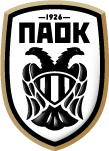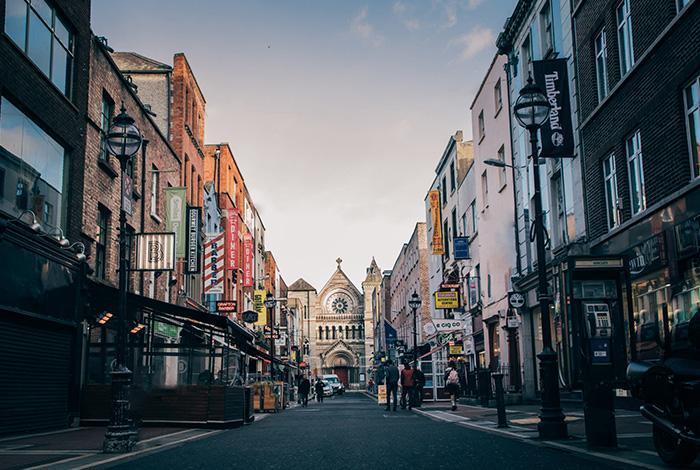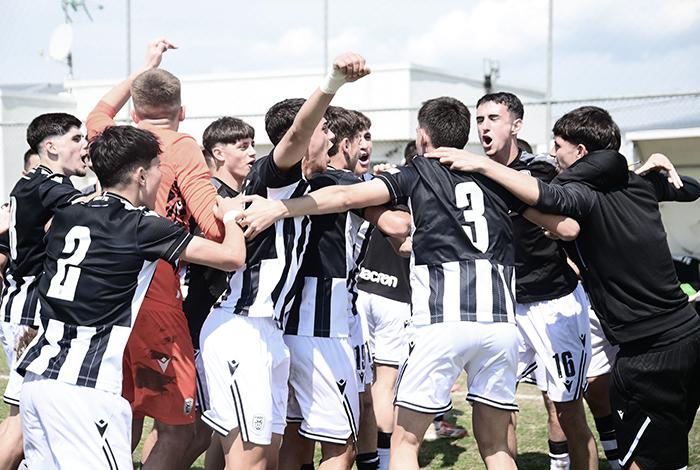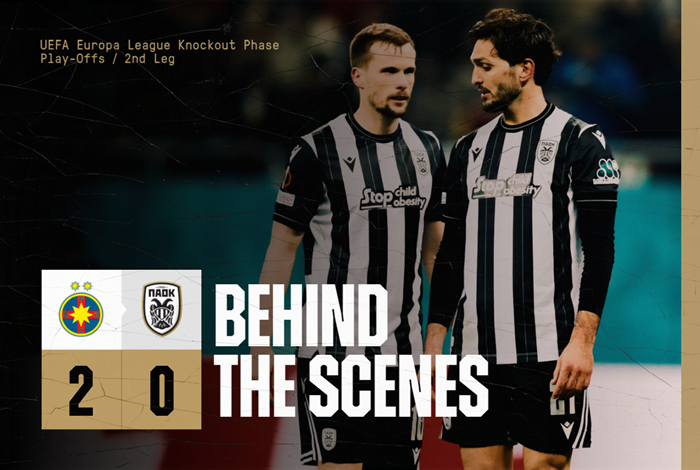From Tallaght Stadium to Dublin’s historic roots
Dublin is a city with a long history, where tradition meets evolution. From the rebellious spirit of the Irish to its youthful and artistic aura, Ireland’s capital city oozes charm and multiculturalism. Meanwhile, Shamrock Rovers, after years of agony, found their new home at Tallaght Stadium in fairly recent times.
Tallaght Stadium
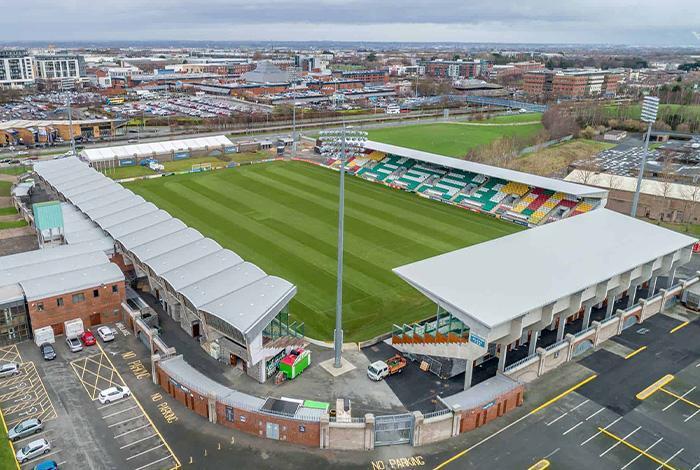
Shamrock Rovers spent 22 years playing domestically at various grounds in the Dublin area and less frequently in Ireland. It moved to Tallaght Stadium before the start of the 2009 season after years of postponements and legal tussles, during which the club’s supporters saved it from disbanding due to financial problems. Its first ground was Glenmalure Park, named after the owners’ ancestral home in Glenmalure. The stadium remained essentially unchanged from 1926 until its demolition in 1990. Its capacity was around 20,000. In 1987, however, the owners decided to sell the stadium to property developers, so they had to deal with strong protests and a fan invasion of the stadium. In fact, fans of the club raised funds in an attempt to buy the stadium, but they failed with Glenmalure Park eventually being demolished in 1990 and replaced by an apartment complex.
- In the 1990s Shamrock were granted land in the Dublin suburb of Tallaght to build a new stadium, however, work stopped in 2001 and in March 2005, South Dublin County Council announced that it was taking back the land it had granted to association, citing non-fulfilment of the terms of the planning permit. After appeals and some consultation, the ground was finally opened on 13 March 2009, with a match between Shamrock Rovers and Sligo Rovers.
- Near the foot of the Dublin mountains, Tallaght Stadium is also the home of the Ireland women’s national football team, and has hosted various other sports such as rugby, American football, and hurling.
- The stadium is UEFA Category 4 and has meeting facilities and a concert facility for 20,000 spectators.
- Tallaght Stadium is located in the district of Tallaght in south Dublin. It has a capacity of 10,500 seats.
- The stadium is owned and managed by South Dublin County Council.
- The attendance record is 10,915 spectators and was set in the match Shamrock Rovers – Real Madrid on 20.07.2009.
- It is very close to all public transport, practically accessible on foot.
Dublin: 100o years of history
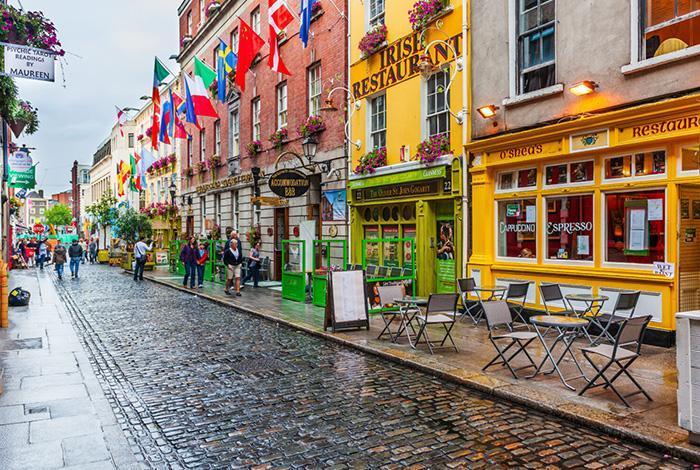
With a long and bloody history and a mix of heritage and multiculturalism, Dublin is a particularly charming city. The capital of Ireland, the homeland of Oscar Wilde and James Joyce, U2, Samuel Beckett and George Bernard Shaw, it’s a city that oozes tradition and development, from that revolutionary aura of the Irish, but also from the youthful and artistic drive that characterizes it most.
- Built at the mouth of the River Liffey, Dublin was originally established as a center for the Viking slave trade. During the 17th century, it grew rapidly, becoming the second largest city in the British Empire after London. Most of the notable works of architecture in the city come from this period. In 1801 Ireland was united with the Kingdom of Great Britain. In the years 1845 to 1849 a famine struck the country, resulting in the death of 500,000 – 1,000,000 Irish people and the emigration of many more to Australia, Canada and the USA. 1916 saw the Irish War of Independence and the Irish Civil War, which reduced Dublin to ruins. In 1922 Ireland became an independent state with Dublin as its capital, which in 1988 officially celebrated its 1,000th anniversary.
- Phoenix Park is one of the largest urban parks in the world. It covers an area of 7,000 acres and is home to the official residence of the President of Ireland, Dublin Zoo, 18th century residences, gardens, lakes, deer , even sports facilities for cricket and football.
- There is of course the St. Stephen’s Green park with 90 acres of lawns, bridges, paths, fountains, statues and playgrounds.
- The enchanting… Dublin Castle, built under the orders of King John in the early 13th century, still stands tall atop a strategic location.
- A dominant feature of Ireland is its beautiful medieval monasteries. Magnificent churches and monasteries, decorated with impressive sculptures and stained glass windows, are evidence of the country’s cultural development.
- Clearly one of the top attractions in Dublin is the Guinness Storehouse, which opened in 2000 and already counts several million visitors. It extends over seven floors and organizes tours that introduce the visitor to the history and the brewing process of the world famous beer.
- Don’t neglect to visit a snug. Snugs are a type of old Dublin pubs. These are hermetically sealed, almost claustrophobic «chambers», where gang members, illicit lovers, secret organizations and literary cliques found sanctuary.
- Temple Bar is a cultural district of Dublin. Cobbled streets, and in the city center, restaurants, the huge number of bars, galleries and intense nightlife make it an ideal spot for exploring.
- Trinity College is Ireland’s oldest university. Its library houses the Book of Kells, a beautifully illustrated manuscript from the 9th century.
- Ireland’s largest medieval church, St. Patrick’s Cathedral, was once a small wooden church next to a holy spring, where St. Patrick was baptized in 450 AD. In 1213 it became a cathedral. Four centuries later, Cromwell, out of hatred and contempt for the Anglican Church, turned the main church into a stable for his horse.
- The Irish are very hospitable people and they especially love the Greeks.
- The population of the metropolitan area is 1,661,185 inhabitants, while that of the city itself is 505,739, according to the 2006 census.
